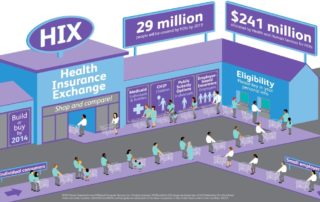Clinical and Equity Implications of Braidwood v. Becerra
Clinical and Equity Implications of Braidwood v. Becerra AFFORDABLE CARE ACT PREVENTIVE SERVICES PROVISION Preventive services can help people avoid acute illness, identify and treat chronic conditions, prevent cancer or lead to earlier detection, and improve health (1). These services enable individuals to maximize their health, and often mitigate the need for more serious and expensive medical interventions in the future (2). The preventive services provision of the Affordable Care Act (ACA) requires non-grandfathered private health insurance plans to provide coverage for certain preventive services without co-payments, coinsurance, or deductibles (1). This policy was intended to enhance healthcare access, reduce disparities in the use of preventive services and improve health outcomes for millions of Americans. The preventive services provision requires nearly all private health plans to provide first-dollar coverage for specific preventive services, including: Items and services receiving an “A” or “B” rating from the U.S. Preventive Services Task Force [...]















